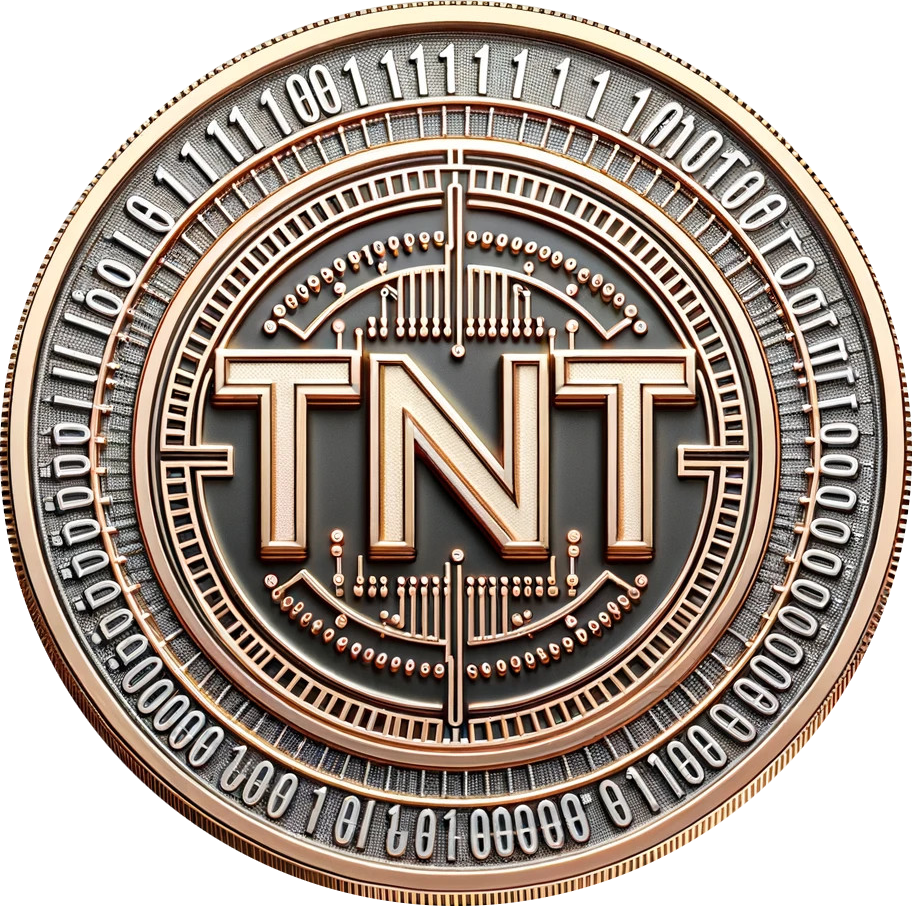
When evaluating PostgreSQL with the pgvector extension versus MongoDB for AI blockchain applications on a Validium network, several factors come into play, particularly concerning their suitability for handling vector data and blockchain integration.
Scalability and Performance: Both PostgreSQL/pgvector and MongoDB offer distinct scalability options that are crucial for handling the large volumes of data typical in AI applications. PostgreSQL with pgvector, while traditionally not as scalable as MongoDB, can be extended using solutions like YugaByteDB to enhance its distributed capabilities, which is critical in a blockchain environment where data distribution and decentralization are key. MongoDB excels in scalability, particularly through its support for horizontal scaling and sharding, which allows for efficient data distribution across multiple nodes (Zilliz Vector Hub).
Functionality for AI and Blockchain: pgvector adds significant functionality to PostgreSQL by enabling efficient vector storage and similarity search, which are essential for AI applications dealing with embeddings and other vector data. This is particularly useful for AI-driven blockchain applications where fast and efficient data retrieval and similarity searches can greatly enhance performance. MongoDB, while robust in handling unstructured data and offering features like full-text search, may not have the same level of native support for complex vector operations unless extended with additional frameworks or tools (Zilliz Vector Hub) (Simplilearn).
Use Case and Data Management: The choice between MongoDB and PostgreSQL/pgvector also depends on the specific use case. PostgreSQL is renowned for its robust data integrity, complex query capabilities, and support for structured data, making it ideal for applications requiring complex transactions and high data integrity, such as financial applications on blockchain networks. In contrast, MongoDB’s schema-less design and document-oriented data model provide flexibility and agility, making it suitable for applications with rapidly changing schemas and requirements, such as dynamic AI modeling (Simplilearn) (Olibr).
Database Features and Extensibility: PostgreSQL is extensible and supports various procedural languages and foreign data wrappers, which can be advantageous for integrating with other blockchain nodes or data sources. MongoDB also offers considerable extensibility but through a different approach, focusing on its document model and operational agility (Olibr).
ACID Compliance: For blockchain applications, where transactions’ reliability and integrity are paramount, PostgreSQL’s full ACID compliance gives it an edge. It ensures that all transactions are processed reliably, which is crucial for maintaining the ledger’s integrity in blockchain applications. MongoDB offers ACID compliance but typically within the confines of single-document transactions (Olibr).
In conclusion, the choice between PostgreSQL with pgvector and MongoDB for AI blockchain applications on a Validium network largely depends on the specific application requirements, including the type of data handled, the need for scalability, and the level of transactional integrity required. PostgreSQL with pgvector is particularly well-suited for applications requiring complex queries and high data integrity, while MongoDB is ideal for applications that benefit from its flexible, document-oriented model and scalability.
